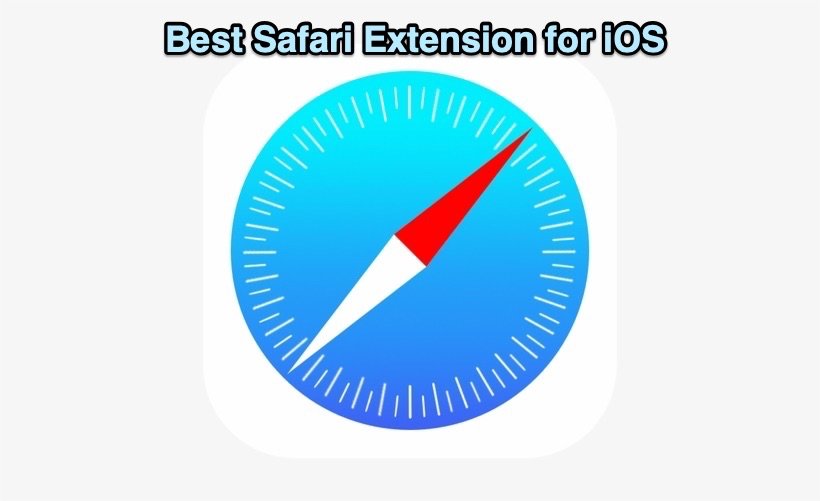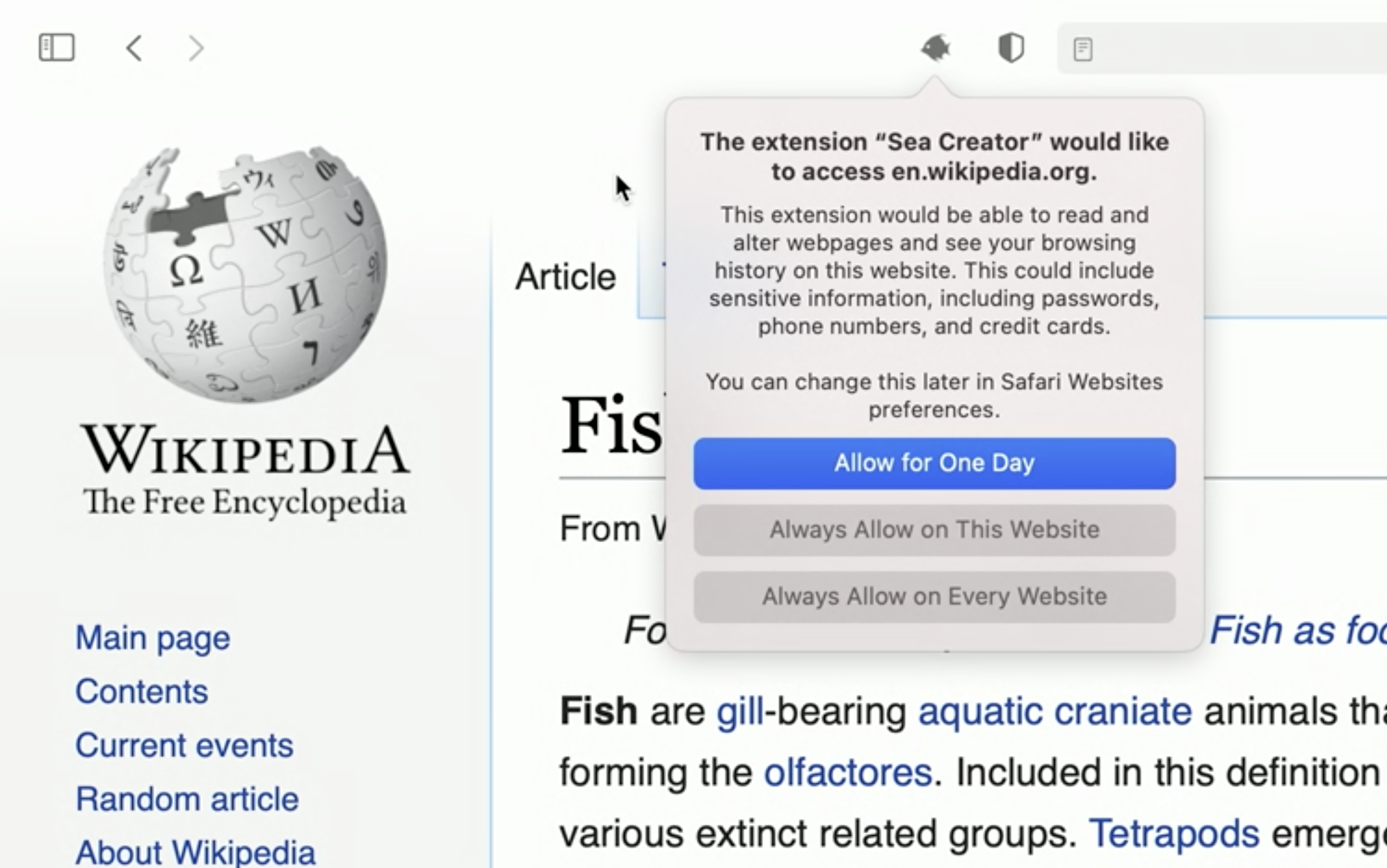


This will create a new Xcode project based on your existing project that includes extensions for these platforms. Simply rerun your project through the command-line web extension converter tool with the -rebuild-project option. It's easy to upgrade an existing macOS Safari web extension to also support iOS and iPadOS. Learn about converting a web extension for Safari Upgrading macOS Safari web extensions to support iOS and iPadOS Run the command-line web extension converter to create an Xcode project configured with a macOS app and/or iOS or iPadOS app that includes an extension that can be enabled in Safari. Web extensions that work in browsers other than Safari can be converted to support Safari on Apple platforms.

Get started with App Store Connect Converting extensions from other browsers Before submitting for review, make sure to read the guidelines for extensions. Apple reviews all extensions and updates to ensure they work reliably. Return to Safari > Extensions in Settings and toggle on anything your extension requires and customize. Choose from the promoted apps in the App Store page that launches or type 'Safari Extensions' into the search bar, and download the extension as you would an app. When your Safari extension is ready to be released, upload it to App Store Connect for distribution on the App Store. Once you do: Open Settings and tap Safari. uBlock Origin is about its engine and that’s not possible with the existing limitations. Safari already had declarative content blocking and now it’s possible to site-specific scripts (1Blocker has just been updated with a youtube ad-blocker but the feature could be expanded). The Extensions category on the App Store for iPhone, iPad, and Mac showcases Safari extensions, with editorial spotlights and top charts to help people discover and download great extensions from the developer community. On iOS extensions can’t use persistent background pages and loading all the contents every time is not possible. Distributing and managing extensions App Store


 0 kommentar(er)
0 kommentar(er)
